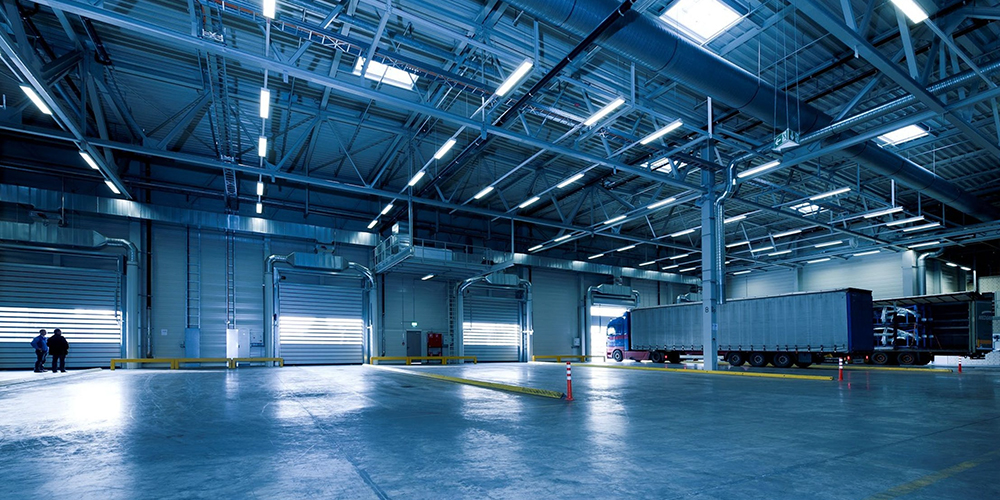The way you handle sunk costs when attempting to break into a new market in the federal contracting arena can be the difference between success and failure. Deciding how best to treat these costs depends on how well you understand the difference between a “sunk cost” and a “relevant (or future)” cost, so let’s start there.
A sunk cost is a cost that has already been incurred and cannot be recovered. On the other hand, a relevant cost, sometimes called a future or prospective cost, is a cost that may be avoided if certain actions are taken.
Because they have already been incurred and are unrecoverable, sunk costs are typically not considered when making future decisions.They are excluded because their cost will remain the same regardless of the outcome of a decision. The relevant costs, however, are contrasted with the potential revenue of one choice compared to another. In other words, in order to make an informed decision, an organization should only consider the costs and revenue that will change as a result of the decision at hand.
Think of it this way: a manufacturing firm has various sunk costs. These include their monthly lease of the factory and the cost of the equipment they have purchased. If the company pays $10,000 per month to lease its factory and has purchased equipment outright for $50,000, those sums are considered their “sunk costs.”
When the manufacturing company expands into new markets, these sunk costs are typically not recouped. When bidding against another contractor who already has the infrastructure in place, trying to recover the cost of elements purchased is going to quickly drive your price into non-competitive territory.
How do you know if the competitor has the infrastructure in place? This is where ethically sourced, accurate Competitive Intelligence (CI) can provide the information you need to create your bid in a way that has a good chance of success.
More often than not, it’s expensive to get into a new market. There are always barriers to entry that are cost-related. Although there can be acceptable ways to go about recouping sunk costs throughout the course of a contract, attempting to do so may create an insurmountable, cost-related barrier to successful entry into a new market. Sometimes, these costs just need to be absorbed as the “cost of doing business” that you will choose not to charge back.
Sometimes, the way into a new area within the federal market space is to invest in the infrastructure you will need to complete the deliverables, view those as sunk costs, and proceed accordingly.

